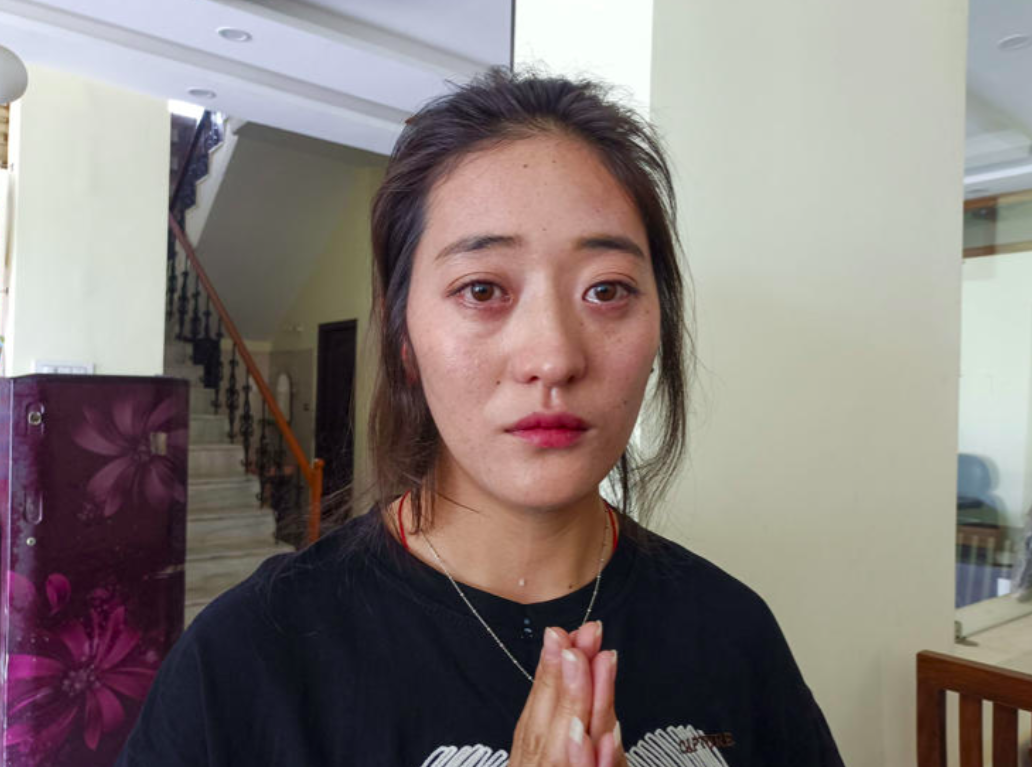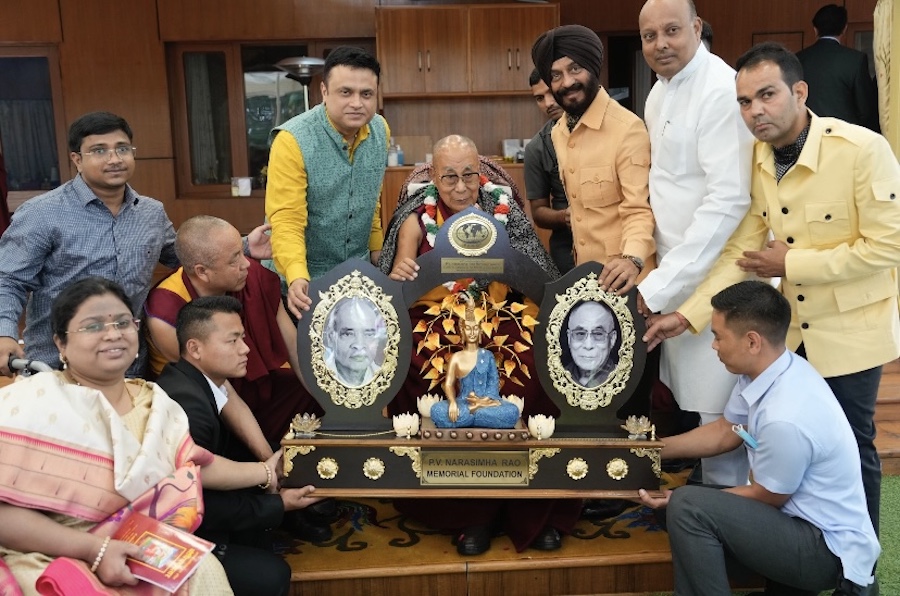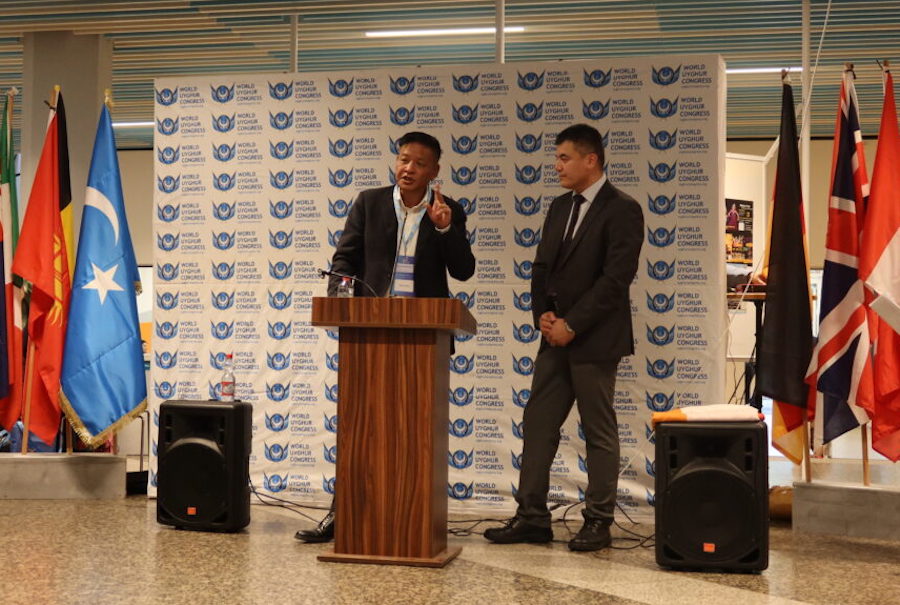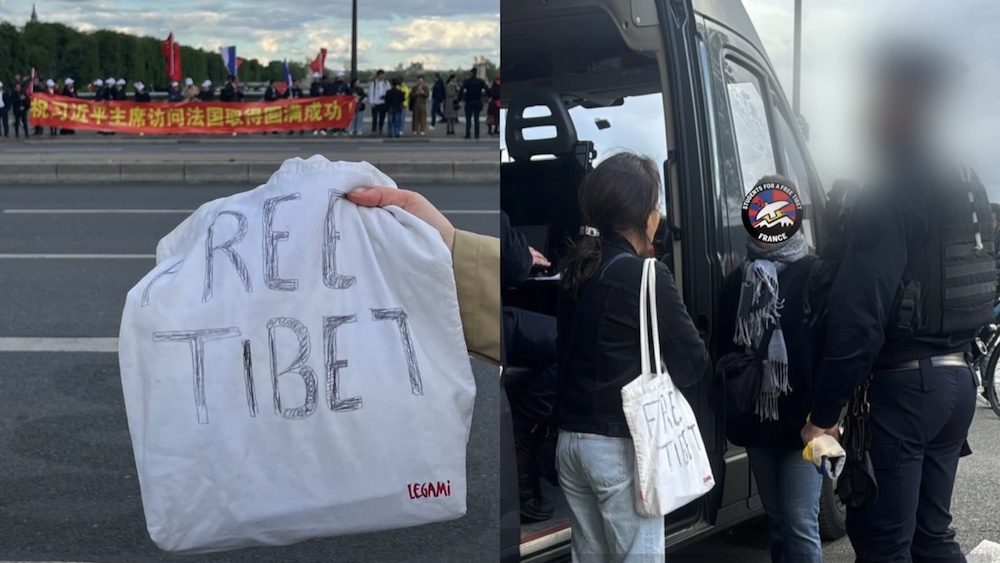By Geoff Dyer in Zhongdian
The Chinese authorities have put on a big display of military and police force in Tibetan towns in the past three days, an indication that the government is increasingly worried about the potential spread of anti-Beijing demonstrations.
In Zhongdian, in a Tibetan region of northern Yunnan province, a main square was filled with at least 40 military trucks that brought several hundred troops into the city. Contingents of People’s Armed Police conducted loud marching drills in the square while smaller groups of police with machineguns were stationed at visible places around the town.
The official Xinhua news agency reported that police shot and wounded four people during a demonstration in Aba in northern Sichuan last weekend – the first time the government has acknowledged shooting protesters. There have been reports of a number of deaths in Aba during one of several protests that are believed to have broken out in Tibetan regions following the anti-Chinese riots in Lhasa. These began on March 10, the anniversary of the 1959 uprising against Chinese rule.
But it has been impossible for the media to verify most of these reports. In spite of a pledge by the Chinese government to allow foreign journalists to travel freely throughout the country, it has tried to stop them from flying into the region. In Riwa in south-west Sichuan, where residents are believed to have held a protest last weekend that turned violent, the roads approaching the town were blocked. Reporters have also been prevented from entering a number of other Tibetan towns.
More than half of the 5m Tibetans in China live outside the Tibetan Autonomous Region, in a 1,000km-long arc stretching from Yunnan province in the south through Sichuan, Gansu and Qinghai.
Given the reporting restrictions, which included occasional police surveillance of attempts to interview Tibetans and fear of talking about Tibetan issues, it is hard to assess the real level of anti-Beijing feeling.
But two days of interviews in Tibetan areas in northern Yunnan and southern Si-chuan reinforced two themes – a recognition that living conditions have steadily improved in the last decade but also a strong sense of resentment at what Tibetans perceive as efforts to stifle their identity and treat them as second-class citizens.
While the towns in the region have attracted a large influx of Han Chinese, many of the rural areas are still heavily Tibetan, where farmers grow barley or tend to herds of yak. The villages have often retained a strong sense of Buddhist heritage – some houses boast a special flag if there is a monk in the family and another flag if there is a high lama.
Many villagers said they knew little of the riots and protests in other areas. Often the only political statement they were prepared to make was to declare support for the Dalai Lama.
In one village near the Yunnan-Sichuan border, villagers said the roads and electricity supply had improved but some were pessimistic about the future. “Our children can either become poor nomads or farmers, or they have to go to the cities and pretend to be like Chinese,” said a villager named Thubten.
At Sanna village, in northern Yunnan, a woman cutting firewood said the villagers had asked for years for another teacher for the school, which was partly financed by foreign money. “If it was a school in the city they would make more effort, but they just ignore villages like ours,” she said.
Tourists were free to visit the Songzanlin monastery, near Zhongdian, although the atmosphere was made more tense by the presence of plain-clothes police. Several monks declined to comment on the protests in other monasteries – which they were clearly aware of – for fear of being overheard. In one temple, young monks recited scriptures underneath a photo of a high lama shaking hands with Wen Jiabao, China’s premier.
Later in the evening, while walking in the city centre, a young monk said the mood in the monastery was not as militant as elsewhere but that resentment was rising, in part because of the public criticism senior monks were expected to make of the Dalai Lama. “There is much more pressure on them to be critical now,” he said.
Zhongdian has been one of the region’s success stories, boosted by a tourism boom after it won a competition for the right to use the name “Shangri-La”. Along with some other bigger towns in the region, there are indications of a new class of educated and prosperous Tibetans who work mostly in tourism or services and who mix easily with the local Han Chinese population. “It is probably fair to say that we are becoming more and more Chinese,” said a young Tibetan who works in the city’s restaurant industry.
But his tone changed when he saw a picture of the Panchen Lama, the second most senior figure in Tibetan Buddhism who was installed by Beijing instead of the young boy anointed by Buddhist leaders. “Among Tibetans, no one really respects him,” he said.
Published: March 21 2008









